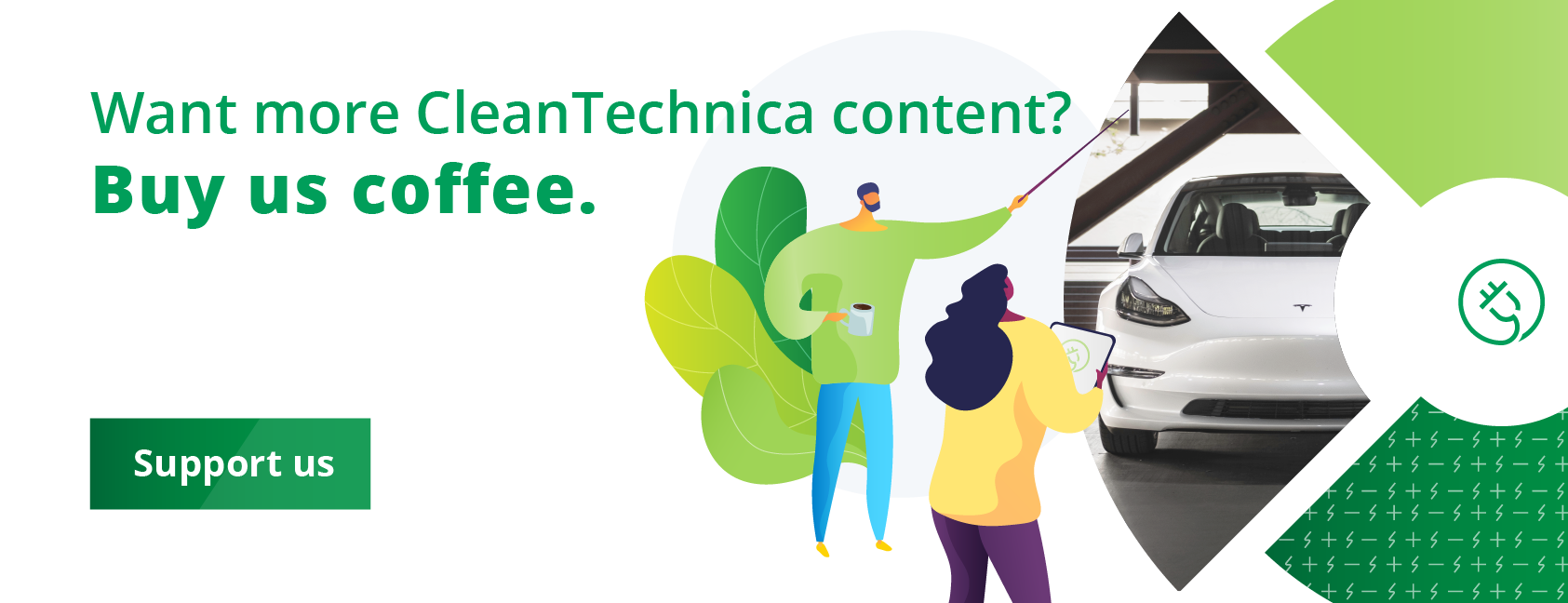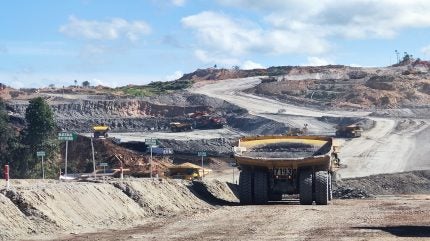
Despite campaign promises to effectively end new federal oil and gas leasing and drilling, the Biden administration has not enacted enough policies to limit drilling permits or manage a decline in production that satisfies climate conservationists. Scientific analyses show climate pollution from the world’s already producing fossil fuel projects, if fully developed, will push warming past 1.5 degrees C. Yet oil leases continue to be issued as US political fodder, especially on federal lands.
Now a proposed rule currently under study would elevate the balanced management of US public lands for the benefit of current and future generations. Is this rule enough of an olive branch to balance out extensive US federal oil leases?
Balanced Management of Public Lands?
The US Bureau of Land Management (BLM) oversees 245 million acres of public lands, which offer breathtaking views, historic cultural resources, critical wildlife habitat, sources of clean water, extensive recreational opportunities, and the potential to combat the climate crisis. They are a wonderful national resource.
However, nearly 90% of these lands lack durable protections from oil and gas leasing, mining, and other extractive industries. Currently, oil and gas development is prioritized above all other land uses. In fact, oil and gas drilling is the largest use of the BLM’s public lands, and existing regulations give the oil and gas industry excessive power in determining use outcomes. Leasing on these low-potential lands is not just shutting out land uses such as recreation and conservation; it is also affecting the US transition to US-produced renewable energy.
A rule pending would advance the BLM’s mission to manage the public lands for multiple uses and sustained yielda. It would prioritize the health and resilience of ecosystems across those lands by protecting intact landscapes, restoring degraded habitat, and making management decisions based on science and data. To support these activities, the proposed rule would apply land health standards to all BLM-managed public lands applications while clarifying that conservation is a “use” within a multiple-use framework.
Opponents including Republican lawmakers are aghast, insisting the rule has the subtext of excluding mining, energy development, and agriculture.
Under the rule, BLM would be required to:
- identify federal rangelands that need restoration work;
- establish a system to lease public lands for a fixed period of no more than 10 years to allow the work to be done;
- allow energy developers, mining companies, and other land users to purchase conservation leases and use them as compensatory mitigation to offset project impacts as a condition of permit approval; and,
- give non-government groups the opportunity to buy these leases and pay to conduct restoration work on the land.
“This proposed rule is designed to ensure that the nation’s public lands continue to provide minerals, energy, forage, timber, and recreational opportunities, as well as habitat, protected water supplies, and landscapes that resist and recover from drought, wildfire, and other disturbances,” the rule summary explains. In addition, the rule proposes to codify into BLM regulations specific procedures to identify and evaluate rangelands for designation as “areas of critical environmental concern,” providing “more cohesive direction and consistency” to their designation.
The draft released by Interior emphasizes that the “proposed rule does not prioritize conservation above other uses; it puts conservation on an equal footing with other uses, consistent with the plain language” in the Federal Land Policy and Management Act, the 1976 law that established BLM’s multiple-use and sustained yield mandate for both the present and future generations.
Will the new rule put conserving vast government-owned lands on equal footing with oil drilling, livestock grazing, and other interests? About 23 million federal acres were under lease to oil and gas developers at the end of FY 2022. Of that, about 12.4 million acres are producing oil and gas in economic quantities. This activity came from over 89,000 wells on over 23,500 producing oil and gas leases.
Randi Spivak, public lands policy director at the Center for Biological Diversity, compares the draft rule to “rearranging deck chairs on the Titanic” and calls it “a missed opportunity to address the extinction and climate crises on public lands.” The real focus, Spivak argues, should be “addressing the root problems of public lands degradation and protecting these treasured places for future generations. Instead of addressing destructive mining, fossil fuel extraction, and grazing, this rule basically restates what’s already the law. Major improvements are needed.”

An Inconsistent History of Oil & Gas Leasing
The American Petroleum Institute reports that there are currently nearly 100,000 producing wells onshore right now on federal lands. In fact, the oil industry already possess more than 9,000 approved—but unused—drilling permits on federal lands. Nearly 5,000 of those permits were approved in 2021 alone—the highest figure since the second Bush administration.
President Biden argues that “90% of onshore oil production takes place on land that isn’t owned by the federal government.”
Former president Donald Trump tried to accentuate fossil fuel development on bureau lands, and the Biden administration initially suspended new oil and gas leasing upon assuming the executive office. In order to get enough votes to pass the Inflation Reduction Act, though, the Biden administration acquiesced to Senator Joe Manchin (WV- Coal), so the federal land deals were revived, and, as required by law, oil companies have been able to bid on more than 2,600 square miles of the Gulf for oil and gas development. (But, politics is always hyperbolic, so now Manchin is testing the campaign waters and threatening to run with a No Label party affiliation — even though he is clearly in the pocket of the fossil fuel industry.) Biden remains under intense pressure from Manchin and many Republicans to allow more drilling.
Former vice president Al Gore, in a New York Times interview, outlined how fossil fuel companies are “desperately trying to use their political and economic networks and their successful capture of policy in too many countries to slow down” the transition to renewable energy resources. “They don’t disclose their emissions. They don’t have any phase-out plan. They’re not committed to a real net zero pathway. They’re greenwashing. They’re performing anti-climate plotting.”
What can be done to limit and eventually eliminate fossil fuel extraction federal lands?
Shell, Chevron, BP, and ExxonMobil posted record profits last year totaling $75 billion. We need to make sure they’re paying sufficiently for the oil leases. They also need to be held accountable for the full cycle of oil production, including transportation costs from well to consumers. Most importantly, they need to pay a carbon tax that takes into account the climate pollution they’re causing and the toll on human lives that they are extracting. They need to pay for their destruction, fully and robustly.
Gore remains confident about the potential to reduce emissions. “We know how to fix this. We can stop the temperatures going up worldwide with as little as a 3-year time lag by reaching net zero,” he projects. “And if we stay at true net zero, we’ll see half of the human-caused CO2 coming out of the atmosphere in as little as 30 years.”
Gore admonishes that speed of change is imperative — “we need to stop burning fossil fuels and releasing other planet-warming emissions asap so that global temperatures can stabilize.“ The US federal land policy needs to continue to embrace of fossil fuel extraction and, instead, become they symbol of zero emissions and sustainable land practices.
I don’t like paywalls. You don’t like paywalls. Who likes paywalls? Here at CleanTechnica, we implemented a limited paywall for a while, but it always felt wrong — and it was always tough to decide what we should put behind there. In theory, your most exclusive and best content goes behind a paywall. But then fewer people read it! We just don’t like paywalls, and so we’ve decided to ditch ours. Unfortunately, the media business is still a tough, cut-throat business with tiny margins. It’s a never-ending Olympic challenge to stay above water or even perhaps — gasp — grow. So …
Sign up for daily news updates from CleanTechnica on email. Or follow us on Google News!
Have a tip for CleanTechnica, want to advertise, or want to suggest a guest for our CleanTech Talk podcast? Contact us here.
Former Tesla Battery Expert Leading Lyten Into New Lithium-Sulfur Battery Era:
CleanTechnica uses affiliate links. See our policy here.




